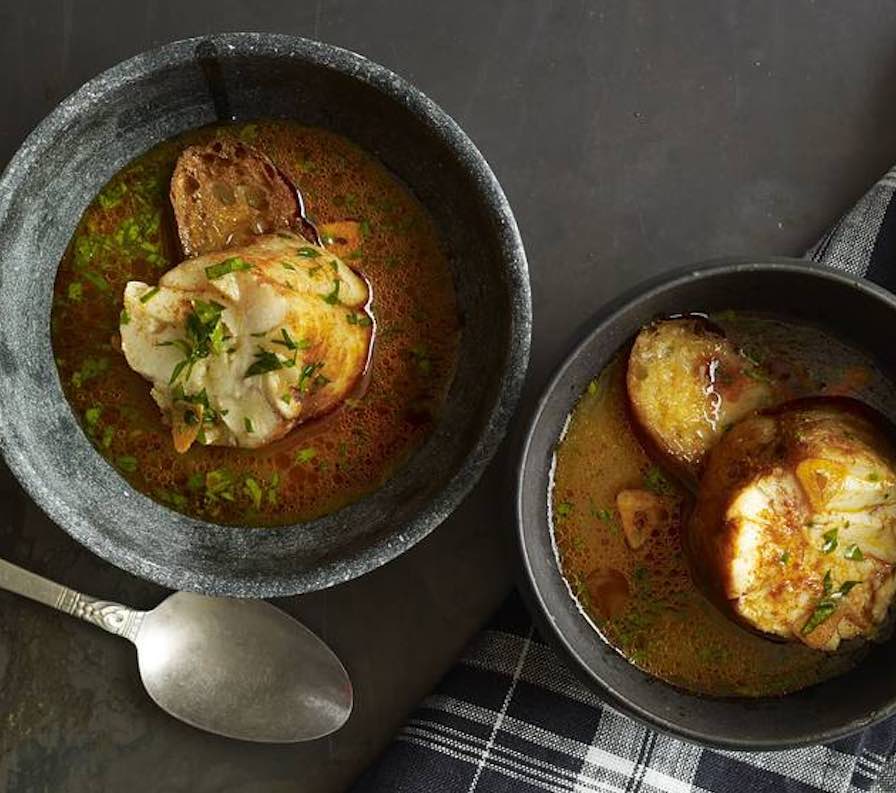This article was translated by John R. Bopp
A few days ago, we told our readers that Alexandra Raij and Eder Montero, the owners of New York’s Txikito Basque restaurant, had released a Basque cookbook with the beautiful title “The Basque Book: A Love Letter in Recipes from the Kitchen of Txikito”. Today, Kathleen Squires has published a wonderful article in The Wall Street Journal about this book, revealing one of the secrets of Basque cuisine: salt.
Before continuing with this article, we must point out that, in a matter of just a few days, two books have been published in English on Basque gastronomy, and they’re getting a lot of press in big media outlets. One of them is the one we’re discussing here, published in New York. The other, launched in London, was published by chef Jose Pizarro. We can’t imagine a better “thermometer” of worldwide interest in Basque cuisine than what these books are showing.
Going back to the WSJ article, we find easy-to-read text explaining the large role salt has played in Basque for many centuries, and in the definition of its unique characteristics.
And as it couldn’t be otherwise, in the article, they discuss the Basque salt pans with the most pedigree, the Añana Salt Flats. It’s a magical place we recommend visiting, which will show us a time when salt was a key element in conserving food and a source of wealth
As they remind us in the article that codfish would be nothing like we know it today, nor would have had the importance in feeding Europe for centuries, if it weren’t for salt. It’s a technique Basques began using to conserve food over a thousand years ago.
By using salt and showing us its importance in the history of Basque cuisine, Kathleen Squires shows us this new book, introducing its authors and offering three recipes to her readers.
WSJ – 14/4/2016 – USA
The Basque Kitchen’s Magic Ingredient: Salt
YEARS AGO, Alexandra Raij wondered why Eder Montero, her colleague in the kitchen at the now-closed Meigas in New York, was always imploring her to use more salt. Then one day, when Mr. Montero tasted another cook’s dish, he said, “Too salty! You must want to get married!”. In the Basque Country of northern Spain, where Mr. Montero comes from, local folklore holds that oversalting food indicates ardor of another kind. Once she learned this, Ms. Raij, who was dating Mr. Montero at the time, couldn’t help but wonder if his insistence on salting was his way of telling her he wanted their relationship to get more serious. The couple did eventually marry, but Ms. Raij came to realize that with his constant demands for “More salt! More salt!” Mr. Montero was actually teaching her to be a better Basque cook.
(Continue) (Automatic translation)
————————-
Recipe: Poached Monkfish With Garlic Sou
(Continue) (Automatic translation)
————————-
Recipe: Grilled Sardines, Basque Port Style

(Continue) (Automatic translation)
————————-
Recipe: Paprika-Marinated Pork Loin Roast
(Continue) (Automatic translation)
Last Updated on Dec 20, 2020 by About Basque Country





























